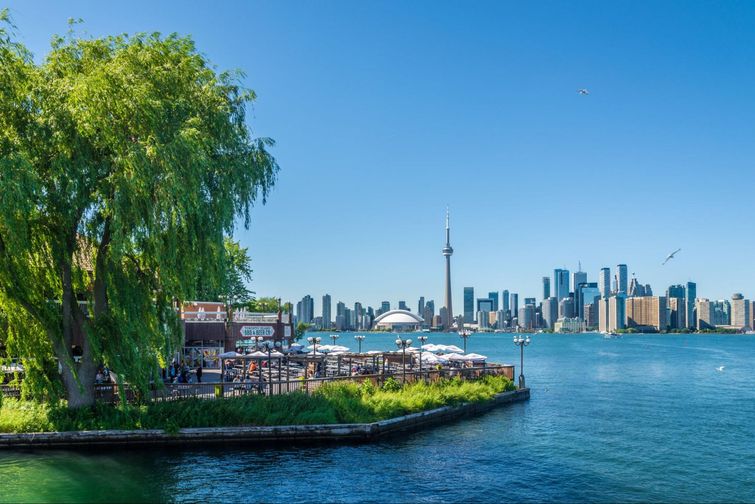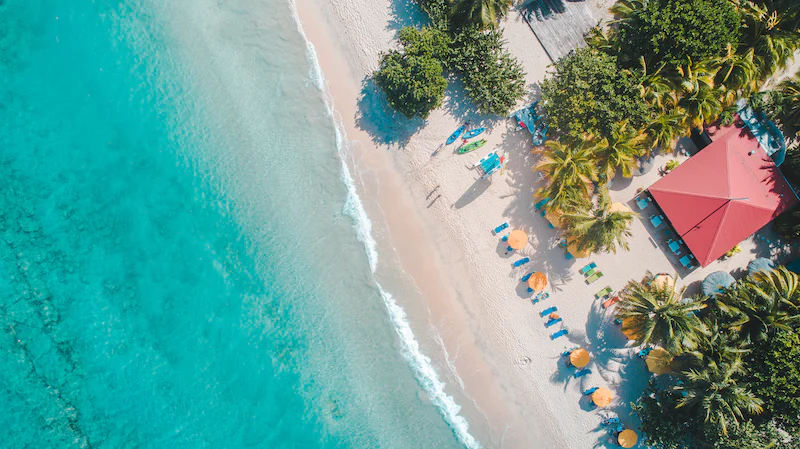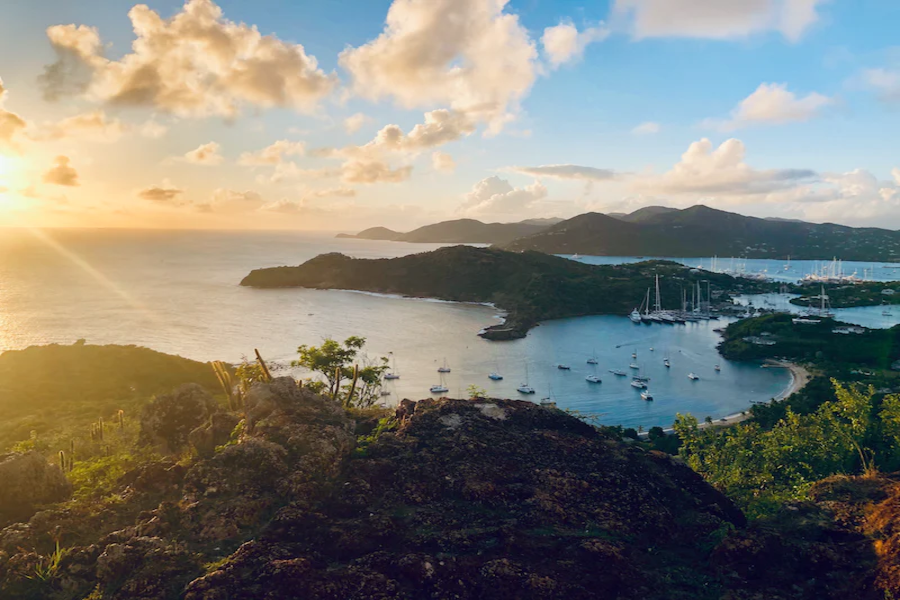Last Updated on October 24, 2023 by Corben Grant
What is life like for those living in Toronto’s most unique neighbourhood – and how you can be one of them.
The Toronto Islands is without a doubt one of Toronto’s most unique areas. As you ride the ferry from downtown, you cross into what feels like a wholly different world on the islands, with vast open green spaces and tourist attractions on the centre island. What most tourists may not realize is there are actual Torontonians who live on the island itself in an area that looks more like cottage country than a Toronto suburb.
What is the story of this unique community, who lives there, and how can you become one of them?
The story of the Toronto Islands
The Toronto Islands are a natural group of 15 islands in Lake Ontario. The island was actually originally a peninsula connected to the mainland but became disconnected by a storm in the 1850s. The foundation of the nearby city is no coincidence as the islands provide a natural shelter for the Toronto harbour.
Long before the city was established, the Mississaugas of the Credit used the island for ceremonial gatherings, and to this day, the land is considered sacred space. Following a disputed purchase in 1787, their claim to the islands was only officially relinquished in 2010 following a settlement with the Government of Canada. The first European construction on the island began in the late 19th century.
The island was never developed as a part of the city and instead was settled early on as a destination for cottages and summer homes of Toronto’s elite families. At its peak, the island was home to over 600 homes and cottages before most were torn down and the island was reclaimed as parkland. Today, the island is most known for its airport, parks, tourist attractions, and marinas. The remaining homes are on the eastern end of the island chain at ward’s and Algonquin island, and now make up North America’s largest car-free urban neighbourhood.
How many people live on Ward’s Island and Algonquin Island?
According to the island’s website, the residential areas on the Algonquin island and ward’s island are home to around 650 inhabitants living in roughly 262 homes. Though they live permanently on the island, there are no cars, public transportation, or stores. All inhabitants rely on ferries or water taxis to allow them to access the mainland and the necessities of life. The island is no longer just for the rich and powerful either, with many regular people calling the island home. Though not just anyone can call the island home – we will get to that later.

What is life like for island residents?
Though the island seems like a peaceful oasis among the urban jungle, life on the island presents many of its own challenges for the island residents.
Firstly, to get around, islanders are limited to bikes and walking, as motorized vehicles are prohibited and the few residential streets are too narrow to properly accommodate them anyway. Furthermore, everything the residents need must be brought over from the mainland on ferries. For the average trip to the grocery store, this may seem like an annoyance, but when it comes to larger goods like appliances or furniture, this can turn into a downright headache.
But, the island community does have a bit more than just houses. Ward’s Island is home to a few schools, two clubhouses for community events, a cafe, a restaurant, and a fire station.
How much does property cost on the island?
You might expect that such an exclusive and limited supply of housing just outside of downtown Toronto would be among the most pricey homes in the city. However, you may be surprised to learn that homes on the island are actually cheaper than most others in Toronto. This is the result of some regulations around buying and selling on the island that makes things a bit more complicated than your usual home sale.
Firstly, all home sales in the community are controlled by the Toronto Islands Residential Community Trust Corporation. This trust was established in 1993 to manage the island community on behalf of its residents. While residents own their homes, their property is leased from the provincial government for 99 years from the foundation of the trust. The trust has measures in place to protect the values of the community and has strict rules about buying and selling property in particular. Homes may only be passed down to family or sold through the trust.
Homes on the island can not be sold on the open market or be sold for market value. The trust uses its own formula to calculate and limit the price of homes, and no owner on the island may sell their home for windfall profits. The trust claims the average house costs in the range of $150,000 to $400,000 and estimates that one or two properties sell a year on the island. Only 70 homes have changed hands on the island since 1994.


How can I live there?
You might be thinking that the relatively lost cost of homes is a remarkable bargain for the city of Toronto and are willing to put money down and experience island living in Toronto. Now for the bad news.
The trust will only sell homes on the island to a set waiting list of candidates. Though anyone can apply to be put on the list, they may only do so when the list is open. Currently, the list is full and not accepting applications. The list only contains up to 500 names at a time, and whenever a home goes up for sale, offers are sent to the first 150 or so people on the list with the home going to the person closest to the top who is willing to pay the asking price.
When the list does open, you will have two weeks to apply and submit a non-refundable processing fee of $20. If chosen, you will also need to pay a $45 annual fee to maintain your spot. The trust will notify you only once of your owed amount and failure to pay will lose your spot on the list.
Even if you do get the opportunity to get on the list and are offered a home, do not expect to buy a home as a cottage or rental property. The trust stipulates that owners on the island must declare the home their principal residence. Rentals are generally prohibited as well.
At the current rate of homes sold on the island, it would take about 200 years for everyone on the list to get home. If you have $20 and two centuries to spare, you might just be able to snag yourself a home on the Toronto Islands.
For anyone not in the lucky few who get to live on Toronto’s islands, they are still open for tourist visitors via a ferry boat from downtown. Visitors can enjoy the amusement park, rent bicycles, go to a beach, play at the disc golf course, ice skate in the winter, and more.
Corben joined CREW as a relative newcomer to the field of real estate and has since immersed himself and learned from the experts about everything there is to know on the topic. As a writer with CREW, Corben produces informative guides that answer the questions you need to know and reports on real estate and investment news developments across Canada. Corben lives in Guelph, Ontario with his partner and their two cats. Outside of work, he loves to cook, play music, and work on all kinds of creative projects. You can contact Corben at corben@crewmedia.ca or find him on Linkedin at https://www.linkedin.com/in/corbengrant/.









